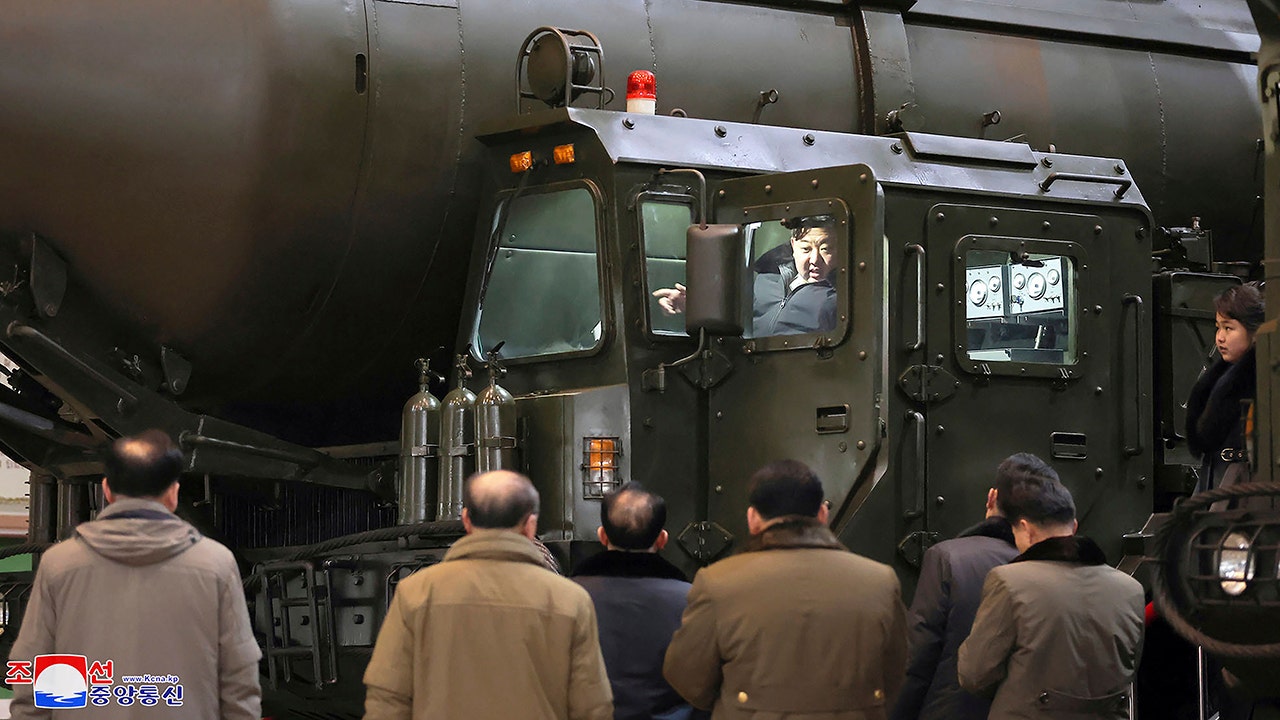
North Korea has been conducting military drills near its disputed sea border with South Korea, including live-fire exercises on Saturday. The North Korean Defense Ministry reportedly fired approximately 400 rounds in response to the provocation. According to South Korean intelligence estimates, approximately 200 shells were fired into the area on Friday and an additional 60 on Saturday. These actions violate a previous agreement between North Korea and South Korea that called for a reduction of military tensions along their border.



